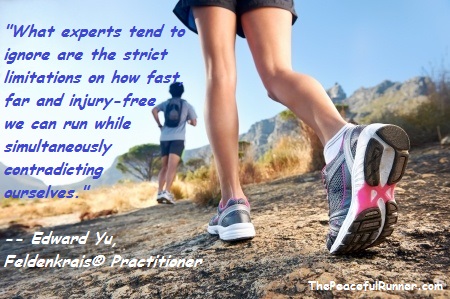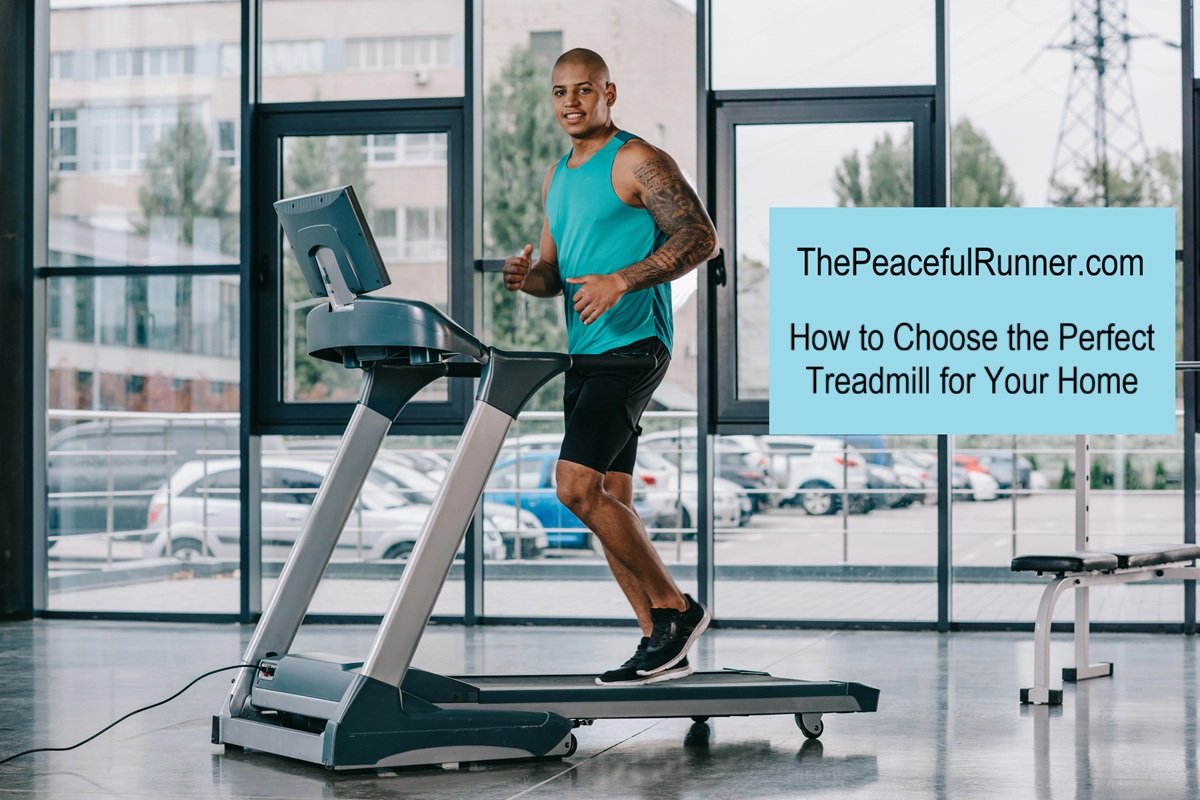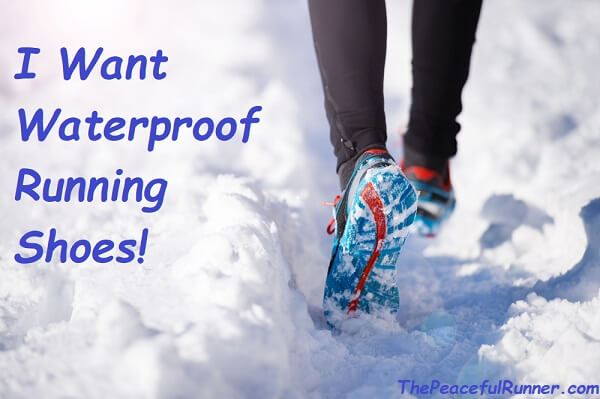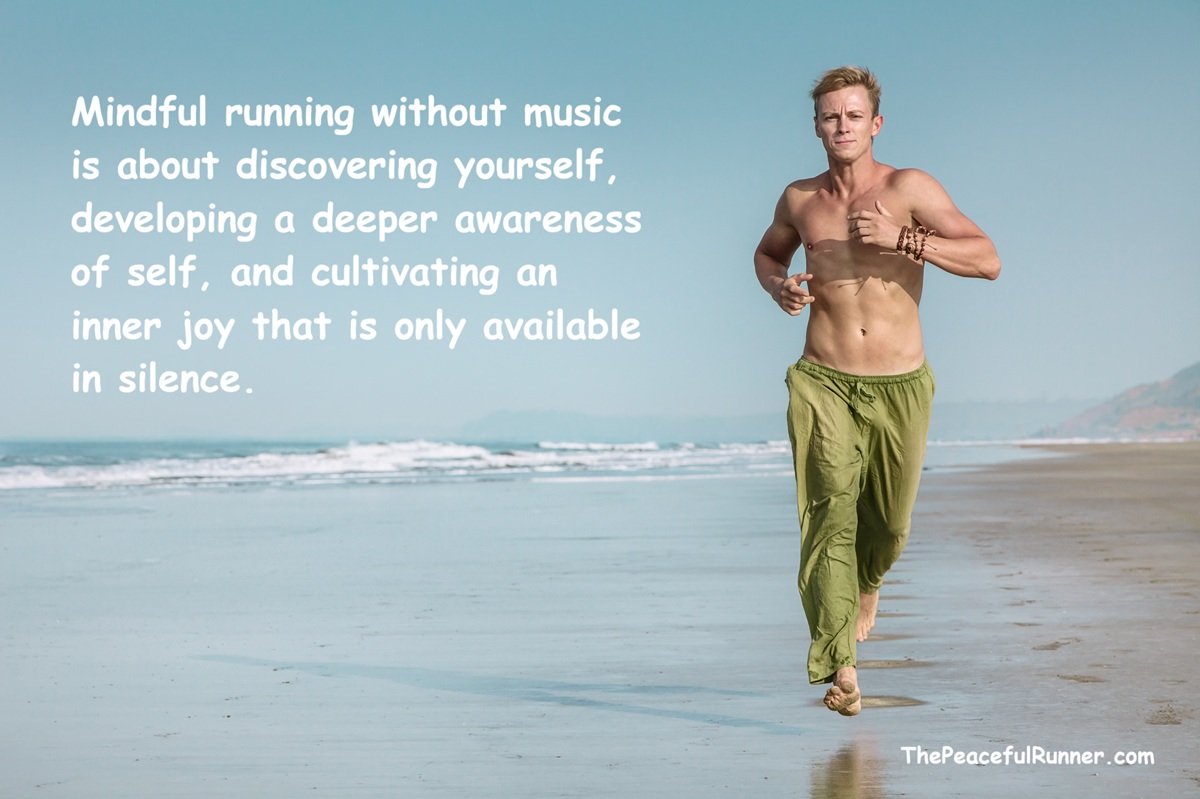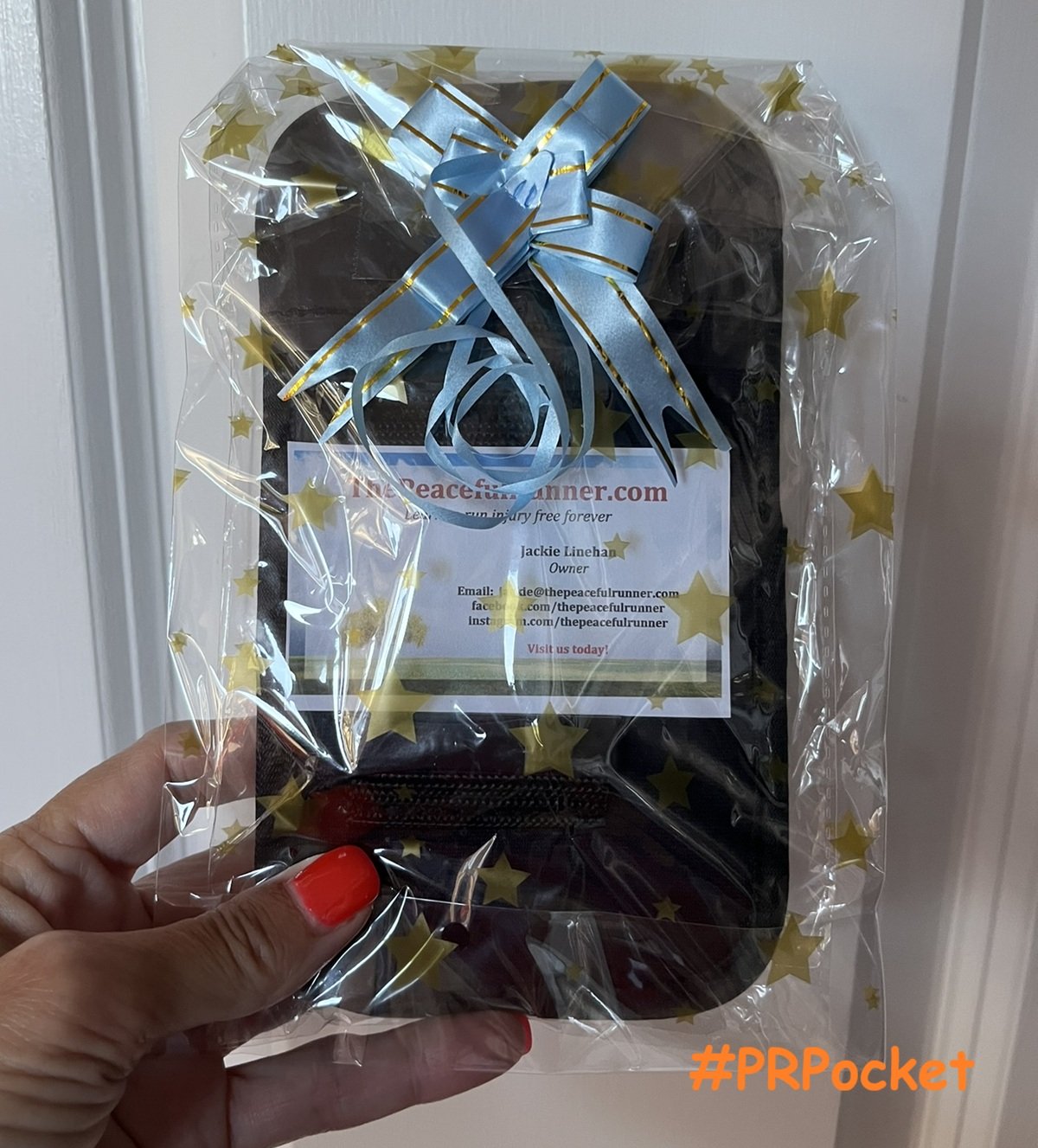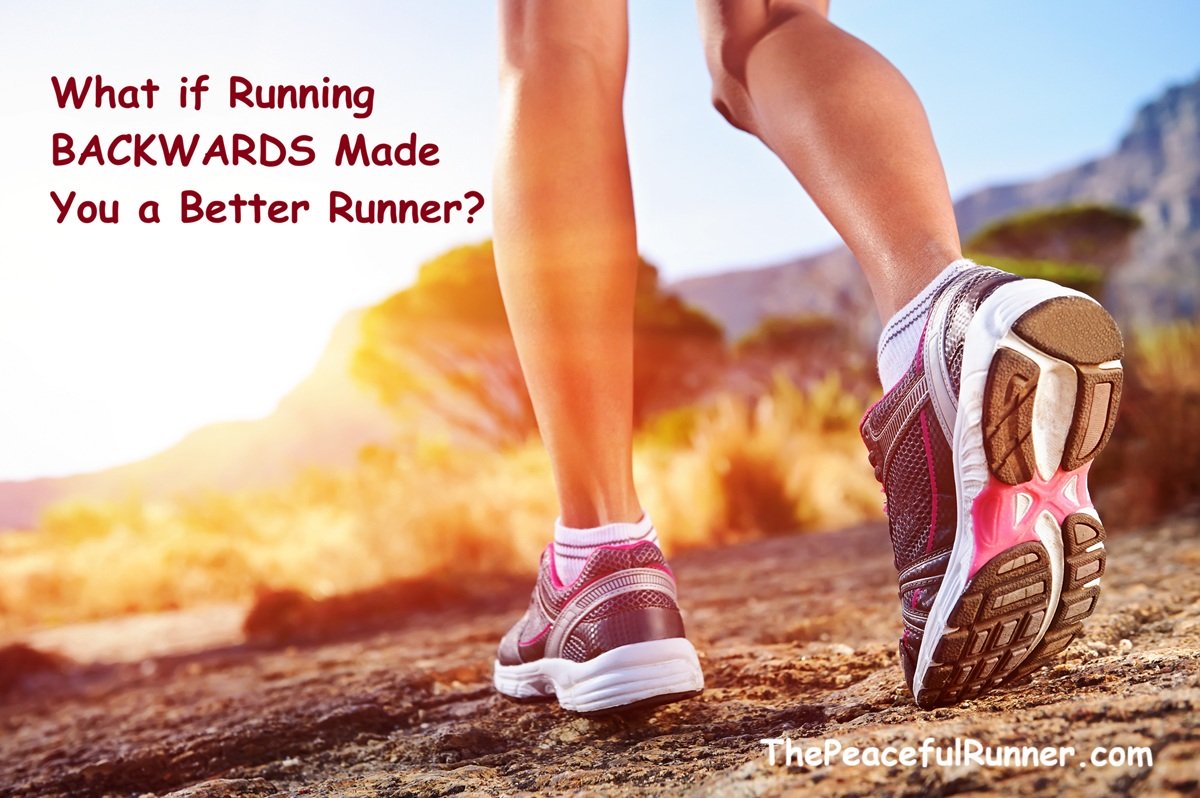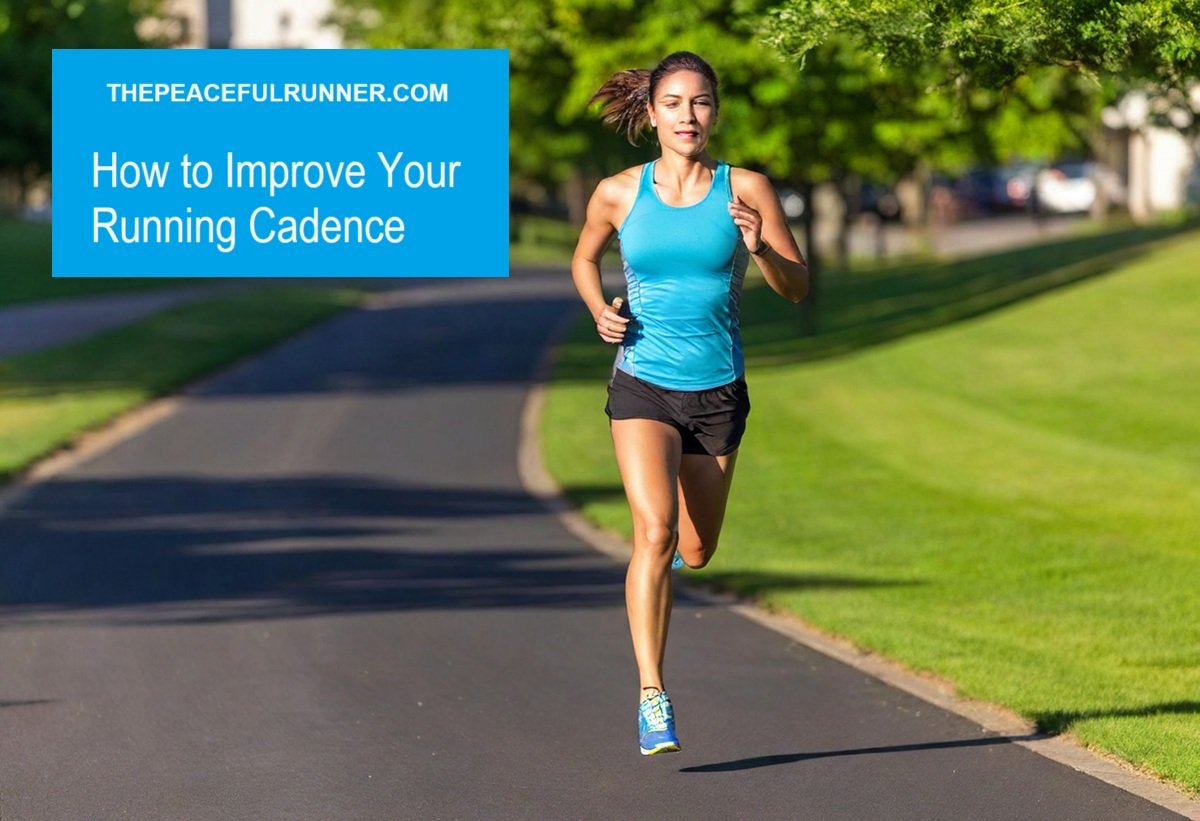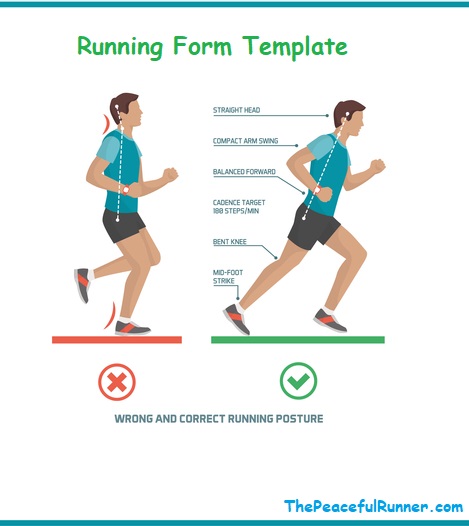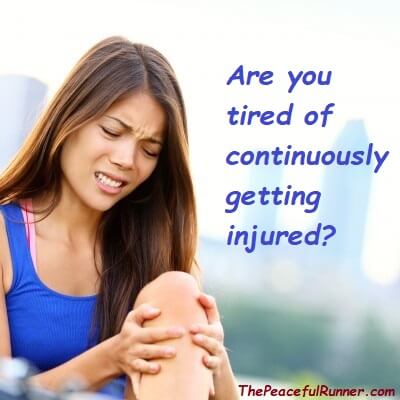- Home
- Feldenkrais for Runners
- Transform Running
How to Radically Transform Running
-- The Feldenkrais® Way
FTC Disclosure: As an Amazon Associate, I earn from qualifying purchases. Learn more
Radically Transform Running
Do you wish that running required less effort and created less tension? Are you frequently getting injured or feel tired and sore after running? Traditional methods of training may work for a period of time in increasing speed or endurance, but the body can only maintain the pressure for so long. What is often missing from traditional training is developing the awareness that teaches our bodies how to function better in a more holistic way. This involves learning how to move with the whole body and not just focusing on separate parts.
The Feldenkrais® Method can teach you about your own body and its specific needs. You can learn to move more efficiently and perform better without the tension that more effort creates.
"You can't do what you want
if you don't know what you're doing."
-- Moshe Feldenkrais
Edward Yu is a Feldenkrais® Practitioner and a martial artist in both Tai Chi and Bagua. From his own experiences and practices, he has learned that only in slowing down and "sensing" our own bodies can we really improve how we move. It is only through sensing your own body that you can discover your own power, speed and agility (and run faster without more effort).
Radically Transform Running
In his article titled, Radically Transform Running, he suggests that we can make running easier by:
- Developing an awareness of how different parts of our bodies relate to each other and the environment.
- Learning how to use your energy efficiently--stop wasting energy by making unnecessary movements.
- Stop trying harder. Rather, try smarter, by learning how to run with more power while using less effort.
- Let go of unnecessary tension and stop using contradicting movements.

In his book, The Art of Slowing Down - A Sense-able Approach to Running Faster, Edward has included 20 lessons to help you improve your ability to sense your own body. These lessons will help you come to the realization that your running abilities are more related to your ability to sense your body than willpower or talent. Upon completion of the 20 lessons, expect improvements in posture, gait and ease of movement.
Although the title of this book refers to running faster, everyone who wants to improve how they move can benefit from increasing their body awareness and ease of movement and avoid the stiffness of joints and limited movements that usually come with aging. Discover the youthful movements that still exist within you--rediscover the child within!
It is only through slowing down that we can notice and learn what we are doing.
Edward Yu has a great sense of humor. His unique style of writing and relevant anecdotes makes this book an interesting and easy read. Throughout his book, he brings forth some very interesting and thought-provoking concepts. Some of which, are listed here:
- Your running form should be beautiful, unhurried, graceful, easy and effortless.
- Pay attention to discomfort. Don't try to mask it with distractions, such as listening to music. You can learn from discomfort when you listen, pay attention and experiment with different ways that feel better.
- Stop shuffling. If you notice yourself shuffling when your intention is to run, take a pause. If you shuffle without intention, you are teaching your nervous system how not to run.
- To maintain your form even when you fatigue, practice tuning into specific points in your body, i.e. keeping the back of your neck long, reaching for the sky with the top of your head, and others that you will discover in the lessons included with the book.
To learn more about the concept of slowing down to run faster and radically transform running, check out his book.
Please feel free to add your comments or questions below.
Back to top of Radically Transform Running
Return to Feldenkrais for Runners
- Home
- Feldenkrais for Runners
- Transform Running
FTC Disclosure: As an Amazon Associate, I earn from qualifying purchases. Learn more
NEW FEATURE - DISQUS COMMENTS!
Login using Facebook, Twitter, Google or Disqus.
Recent Articles
-
How to Choose the Best Treadmill for Your Home
Dec 10, 25 07:13 AM
-
Winter Running Tips and the Best Waterproof Running Shoes
Nov 15, 25 01:55 PM
-
When the Music Stops, Awareness Begins
Nov 05, 25 10:54 AM
-
Get yours in time for gift giving!
Oct 24, 25 12:32 PM
-
Change How You Deal with Running Pain
Oct 10, 25 08:53 AM
-
Surprising Benefits of Backwards Running
Sep 15, 25 12:40 PM
-
It's an Awesome Product!
Aug 28, 25 09:25 AM
I went out for a walk this morning and I used the #PRPocket for the first time. I had to check at least 3 times because I thought I lost my phone (iPhone -
Running in Hot Weather: What Every Runner Needs to Know!
Aug 14, 25 01:00 PM
-
Sick of Dieting? You’re Not Alone — And There Is a Better Way.
Jul 30, 25 12:18 PM
-
Tips and Drills to Improve Your Running Cadence
Jul 25, 25 12:52 PM


